Learn how to brown butter with this easy step-by-step! This is a simple technique for melted butter cooked on the stovetop to bring out a rich, nutty flavor. It’s perfect for elevating desserts and savory recipes.

How to Make Brown Butter (Step by Step!)
Chances are, you’ve come across a recipe that calls for “brown butter” at one point or another. If you don’t know how to make brown butter, it’s your lucky day! This is a simple process that anyone can learn. Taking a few minutes to gently cook melted butter not only imparts incredible flavor to everything from chocolate chip cookies to brown butter blondies, but it’s also an easy way to elevate sauces, savory dishes, and more. Below, I’m sharing a step-by-step tutorial as well as tips and tricks on how to brown butter perfectly. Let’s get into it.
Why You’ll Love Browned Butter
- Bold, nutty flavor. Just a few minutes of additional cooking does some serious wonders to the flavor of melted butter. It becomes rich and nutty, with a bold, caramelized flavor that instantly improves any recipe.
- Easy to make. The art of brown butter is one of the simplest cooking techniques you can learn. Seriously! Once you get the hang of it, you’ll never want to melt butter any other way.
- Versatile. Brown butter brings all sorts of yummy flavors to desserts, and it’s also wonderful to use as a sauce over savory dishes like pasta, meats, and veggies. Keep scrolling for easy ways to use it.
What Is Brown Butter?
Brown butter, a.k.a. beurre noisette, is a classic French technique for melted butter that’s gently cooked on the stovetop to enhance the flavor. As butter browns, the milk solids begin to toast, resulting in a caramel-like flavor and aromatic, nutty aroma. Browning butter is a basic kitchen skill that’s crazy simple to master. I’m here to walk you through it!
What You’ll Need
Before we dive into how to make brown butter, here’s a short outline of what you’ll need for this tutorial. Don’t forget to refer to the recipe card below the post with the full details and instructions.
- Butter – You can use salted or unsalted butter, or whichever the recipe calls for. Cut the butter into cubes first, as this helps the butter melt down quickly and evenly. You’ll also want to take the butter out of the fridge 20-30 minutes ahead of time so that it warms to room temperature.
- Saucepan – I recommend using a light-colored saucepan, as it will be easier to see when the butter is browned. I’ve found it’s easier to overcook the butter in darker pans.
- Something for Stirring – You’ll need a wooden spoon, a rubber spatula, or a whisk.
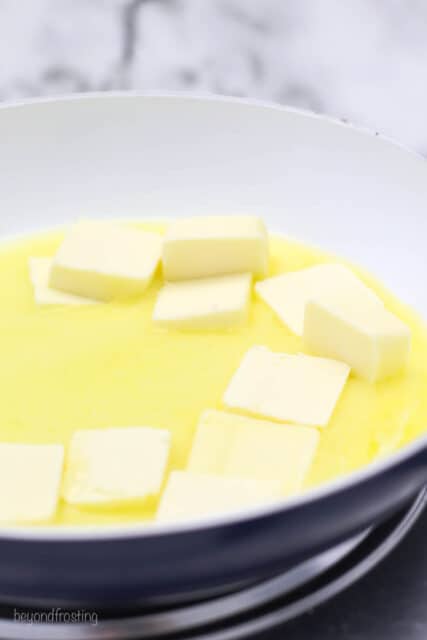

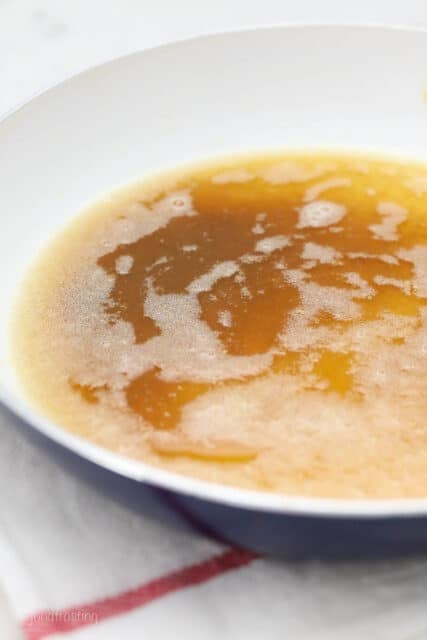
How to Brown Butter on the Stovetop
Browning butter is a quick and easy process, and it’s a simple skill that everyone should have in their back pocket when baking. Here’s how to do it:
- Heat the butter in a saucepan. Add the cubed butter to a saucepan and bring it to a boil over medium-low heat, stirring frequently.
- Continue to cook. As the moisture evaporates, the bubbles will become tighter and the butter will start to foam. Keep stirring as the milk solids begin to brown. This happens quickly, so stay close to the stove.
- Remove from the heat. Once the butter is golden and the browned bits darken, take the pan off the heat and immediately pour out the browned butter into a heatproof bowl. Don’t leave the browned butter in the hot pan, as there’s a chance that it will overcook.
- Store or use according to the recipe. A recipe will usually specify whether brown butter should be liquid or solid. If you’re not using your melted butter right away, allow it to cool completely and then store it in the fridge. See the section below for detailed storage instructions.
What Are the Brown Specks in Brown Butter?
As the butter browns, you’ll notice brown flecks on the bottom of the pan. These are the toasted milk solids, and it’s where most of the flavor lies. Don’t drain them! Scrape the specks out of the pan along with the melted butter.
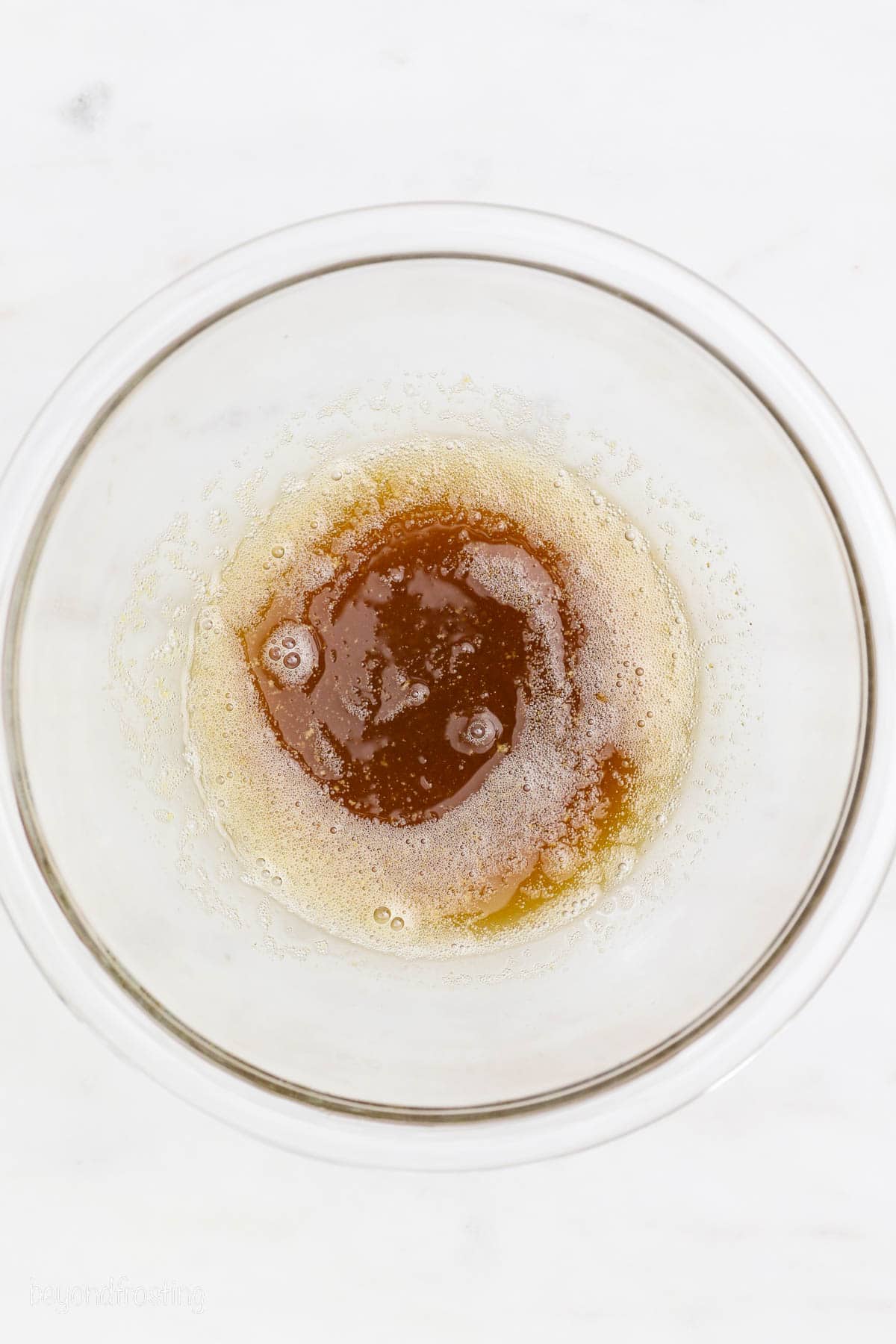
Tips For Success
Making brown butter isn’t hard, but it does call for some close attention to prevent the butter from burning as it cooks. Keep these tips and tricks in mind:
-
- Cut the butter into smaller pieces. This ensures that it cooks evenly.
-
- Use a lighter-colored pan. Stick with stainless steel, or another light-colored saucepan or skillet. This makes it easy to spot when the butter is perfectly browned.
-
- Stay close to the pan. The key to browned butter is getting it browned just enough, which requires some attention. Too dark, and the flavor will taste burnt. If you don’t cook the butter long enough, it won’t have the deep, nutty flavor you’re after.
-
- Keep stirring! Stir often during the cooking process to make sure that the butter melts and browns evenly.
-
- Adapt the amount of butter. You can brown more or less butter depending on what the recipe calls for. Whatever you do, though, don’t overfill the pan! I usually stick to 1 cup of butter at a time.
-
- Depending on the recipe, you can use your melted butter right away, or you may need to wait until it turns back into a solid. If needed, placing the melted butter into the fridge or freezer can help speed up the process. Refer to the recipe’s directions for details.
Common Questions
It should take about 10-12 minutes (or less) for the butter to become golden. The foam will start to settle on top, and toasted brown flakes will appear at the bottom of the pan. The exact cooking times can vary depending on the temperature of your stove.
Your brown butter is ready when the color turns deep golden, the milk solids start to darken, and it releases a rich, nutty aroma.
Yes, and butter can go from browned to overcooked quickly, so watch closely. Browned butter that’s overcooked will taste burnt, so make sure to take it off the heat and pour it out immediately.
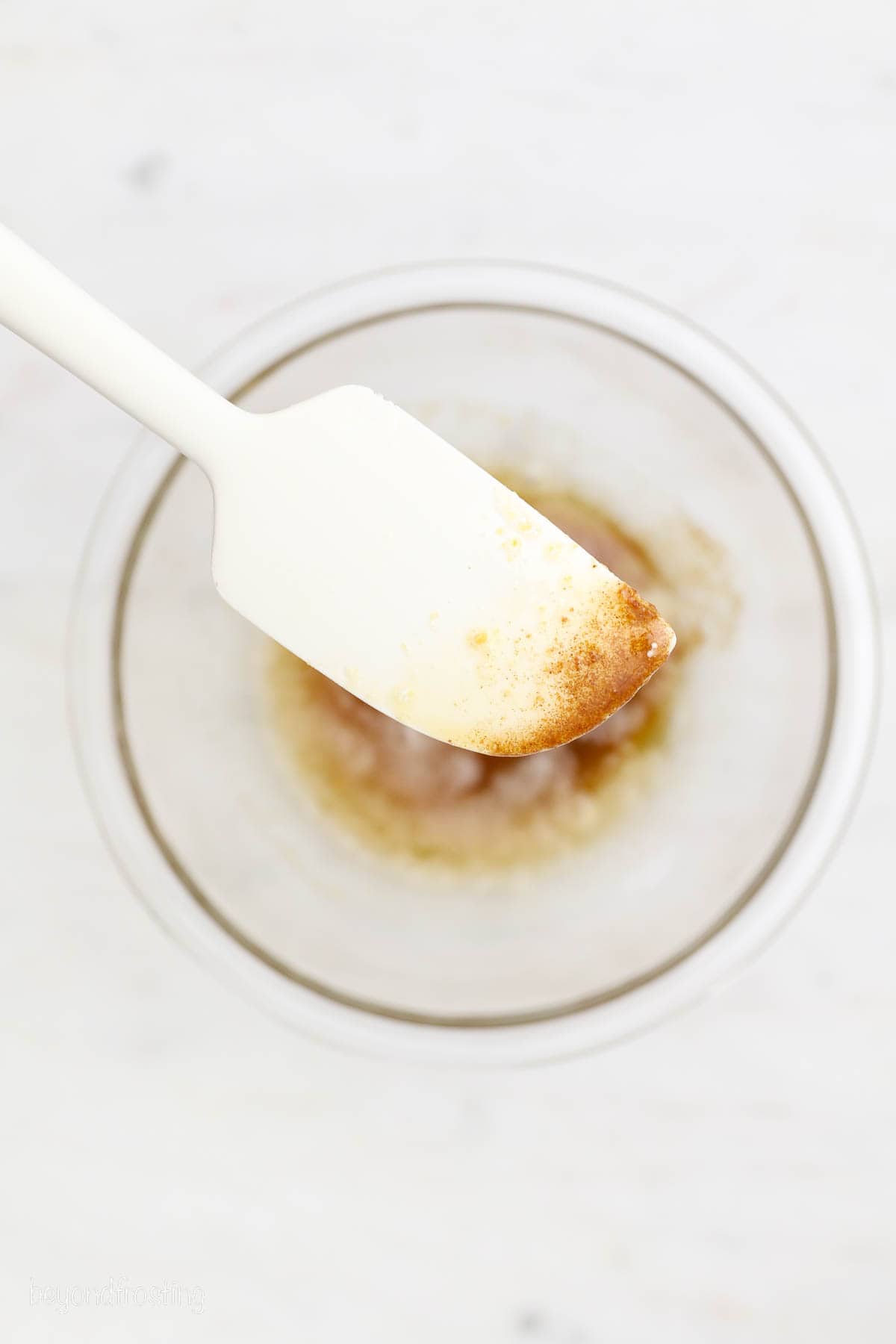
Substituting Brown Butter In Recipes
Brown butter can be used in just about any recipe, sweet or savory, that calls for softened or melted butter. If a recipe asks for softened or room-temperature butter, you’ll need to let your brown butter cool and re-solidify before you use it. This ensures that the butter is the right texture for creaming with other ingredients, like sugar. My brown butter snickerdoodles are a good example.
You’ll also want to pay attention to the amount of butter specified in the recipe. When browned, some of the liquid evaporates, resulting in a little less butter and you may need to adapt the recipe accordingly. Make sure you’re properly measuring the butter, a food scale is always recommended.
Ways to Use Brown Butter
Brown butter is one of my favorite ways to amp up the flavor of baked goods, desserts, and savory dishes. Here are some more easy ways to use it:
- Frosting – Use this technique in glazes and toppings. My recipe for brown butter frosting is seeeriously delicious! See it in action in my banana cake, or this ultra-rich chocolate zucchini cake.
- Cookies – Deepen the flavor of brown sugar cookies and chocolate chip cookie bars.
- Cakes and Cupcakes – Add extra richness and flavor to pecan cupcakes, and cozy vibes to this easy pumpkin bundt cake.
- More Baked Goods – Enhance the flavors in all your favorite baking recipes, like these apple cinnamon muffins or brownies.
- Savory – Enrich your next batch of roasted potatoes, or brush melted butter over top of fluffy dinner rolls or ham and cheese sliders.
How To Store
- Fridge. Once the melted butter has cooled, store it covered in the fridge for up to 1 week. The butter will solidify and the brown flecks will settle on the bottom of the bowl. When you’re ready to use it, bring the butter to room temperature or melt it according to the recipe.
- Freezer. Alternatively, you can freeze brown butter for a later day. Wait until the melted butter has cooled completely to room temperature, and store it airtight. You can store it frozen for up to 3 months. Thaw the butter in the fridge or at room temperature before using it.
More Easy Baking Tutorials
- How to Zest a Lemon
- How to Make Buttercream Frosting
- How to Melt Chocolate Chips
- How to Make Whipped Cream
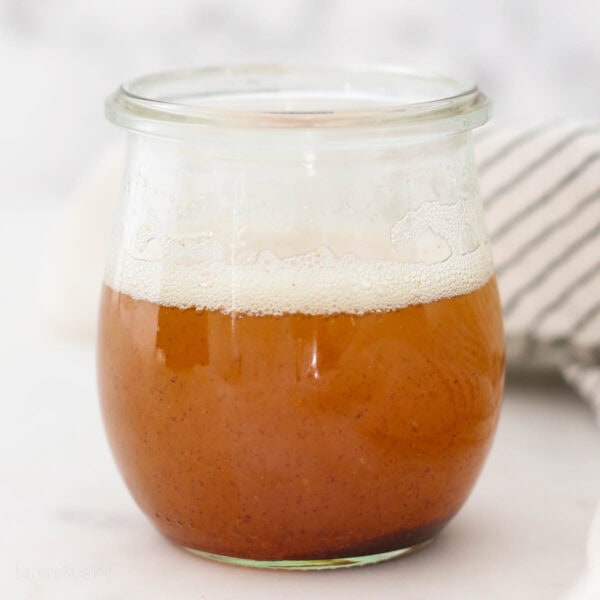
How to Brown Butter
- Prep Time: 2 minutes
- Cook Time: 10 minutes
- Total Time: 12 minutes
- Yield: 1/2 cup
- Category: Topping
- Method: Cooked
- Cuisine: French
Description
Learn how to brown butter on the stovetop! This is a simple technique for melted butter that’s cooked to bring out a rich, nutty flavor.
Ingredients
- 1/2 cup butter, cold or room temperature
Instructions
- Cut the butter into 1 tablespoon size pieces and place in a saucepan.
- Turn stovetop on to medium/medium low heat bringing the butter to a boil, stirring occasionally.
- Once the moisture evaporates, the bubbles get tighter and appear to be foamy on top and browning begins. This is when the milk solids start to turn golden brown. Stir constantly and don’t take your eyes off it! Butter can go from brown to burn very quickly.
- Once the solid start to go from golden brown to darker brown, remove from the heat immediately and pour into a heatproof bowl. If left in the hot pan, the butter will continue to brown and maybe even burn.
- Use according to the recipe instructions or store (notes below).
Notes
- Both salted and unsalted butter will work, but refer to the actual recipe for instructions.
- Once the butter has cooled, it can be stored in an airtight container. If left on the counter the butter will turn back to a soft solid, and the brown flecks usually will settle on the bottom of the bowl. You can also place it back in the refrigerator, but it will become a firm solid like you’d expect butter to be. Melt or bring to room temperature according to the recipe instructions.
- Recipes that specify brown butter will let you know if the butter should be used as a liquid or solid. It’s common for a recipe to call for browning the butter will indicate if it needs to be rechilled.
- Butter can be stored in an airtight container in the refrigerator for up to one week.
Nutrition
- Serving Size: 1 tablespoon
- Calories: 100
- Sugar: 0g
- Sodium: 0mg
- Fat: 12g
- Saturated Fat: 7g
- Carbohydrates: 0g
- Fiber: 0g
- Protein: 0g
- Cholesterol: 30mg


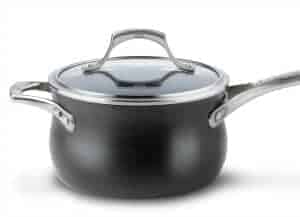
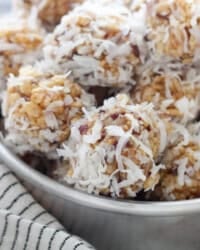

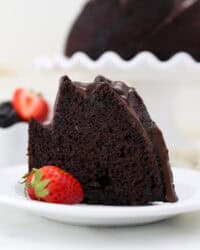
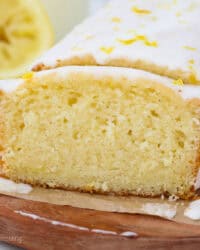
So detailed and easy to do. Thanks for sharing this with us.
You’re very welcome! Thank you!